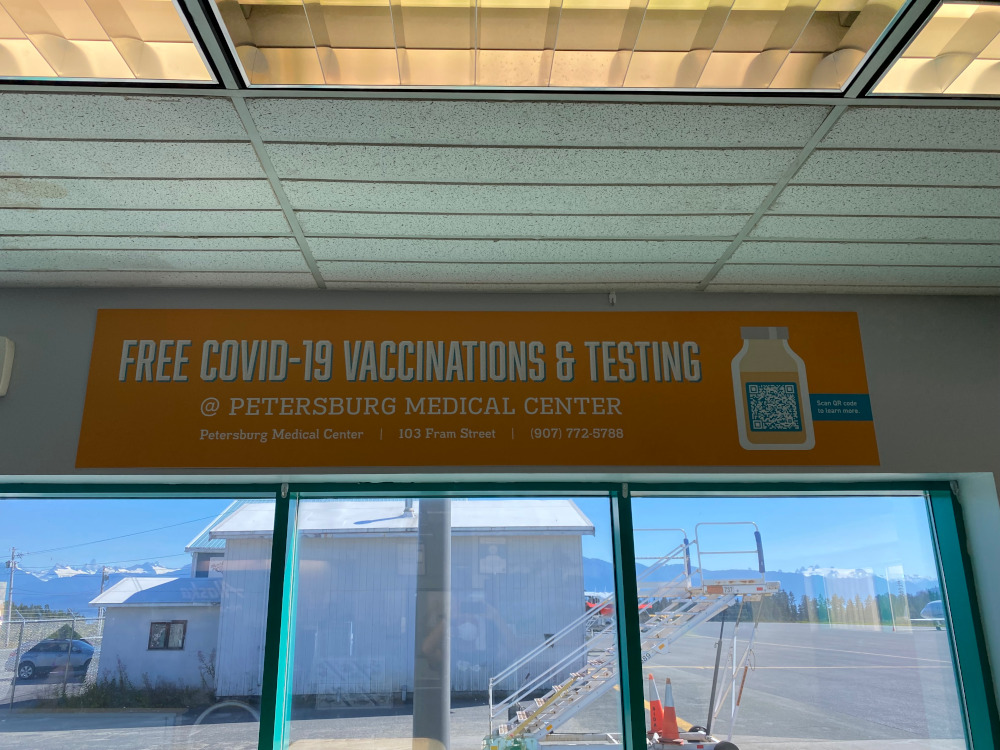
Petersburg still has a high number of active COVID-19 cases and like other places is feeling a shortage of testing and treatment supplies.
Petersburg Medical Center CEO Phil Hofstetter Monday updated the borough assembly on the latest outbreak that started September 20th.
“Since that time we’ve had 54 positive COVID cases,” Hofstetter told the assembly. “A few of those have fallen off. Currently the active count is 35. Encouraging facilities to mask inside, distance, and vaccines obviously are a way out of this so please contact Public Health or our COVID information line at 772-5788 if you’d like to schedule a vaccine. We’re doing boosters, third dose vaccines and also first dose.”
Petersburg has seen a total of 276 cases since the start of the pandemic. This outbreak happened as Alaska saw the highest infection rate in the nation and hospitals in the 49th state have filled up with patients.
Hofstetter said in Petersburg supplies of some resources like monoclonal antibodies are getting low, as well as some rapid tests.
“We also have done 500 Cepheid tests which is the rapid test in house last week and so we’re trying to prioritize those this coming week,” he said. “The walk up testing, the asymptomatic testing will likely be send outs this week as we’re monitoring those, those tests.”
That could mean slower turnaround times and longer waits for results. Those rapid tests have produced same-day results.
The assembly Monday approved the extension of a contract for travel testing with the state of Alaska. It will mean that testing will continue to be available through next September. The state could pay $1,530,950 to the borough for that service over that time. The testing is happening at Petersburg Medical Center, which has a separate agreement with the borough for the work.
The state Department of Health and Social Services on Saturday activated crisis care standards for 20 Alaska hospitals including PMC. That move is meant to address shortages of resources and staffing at facilities statewide. Hofstetter said it means medical decisions can be based on what resources are available and it protects a medical facility from liability in making those decisions.
Students in the middle and high schools were scheduled to be back for in-person learning Tuesday (today) after a week of online schooling.









